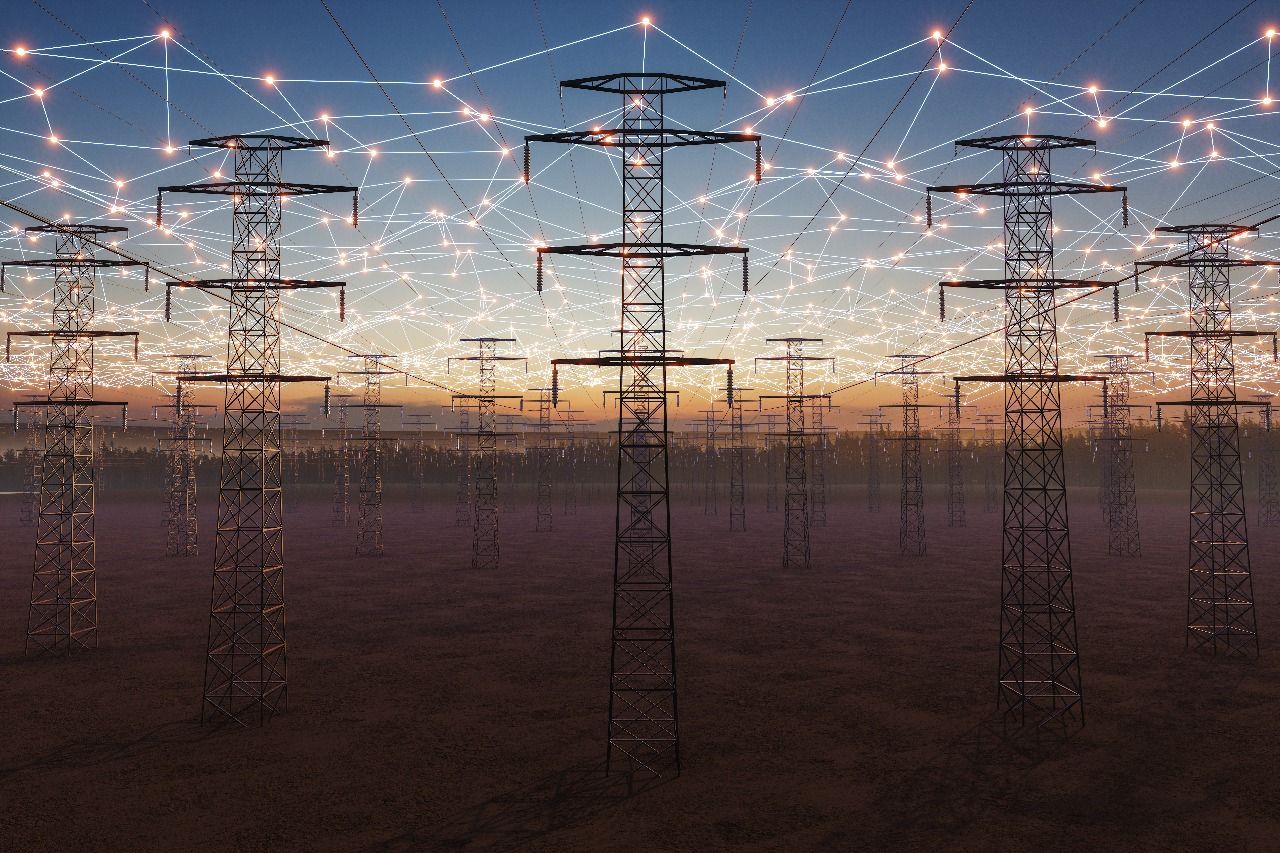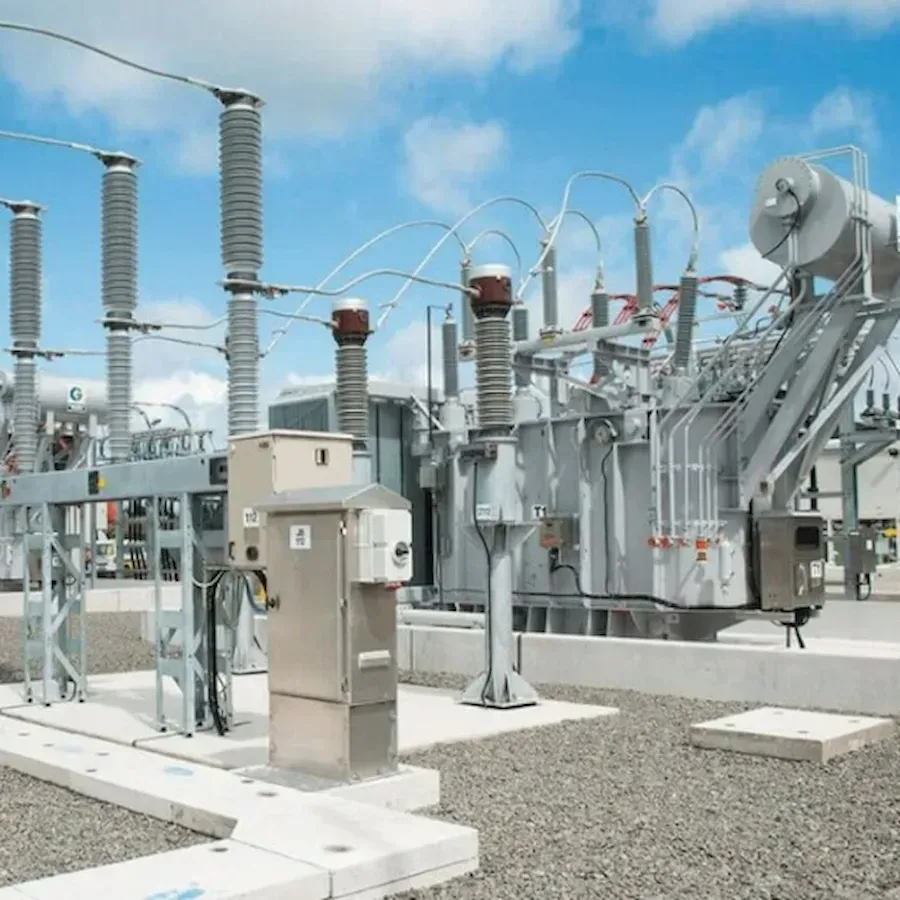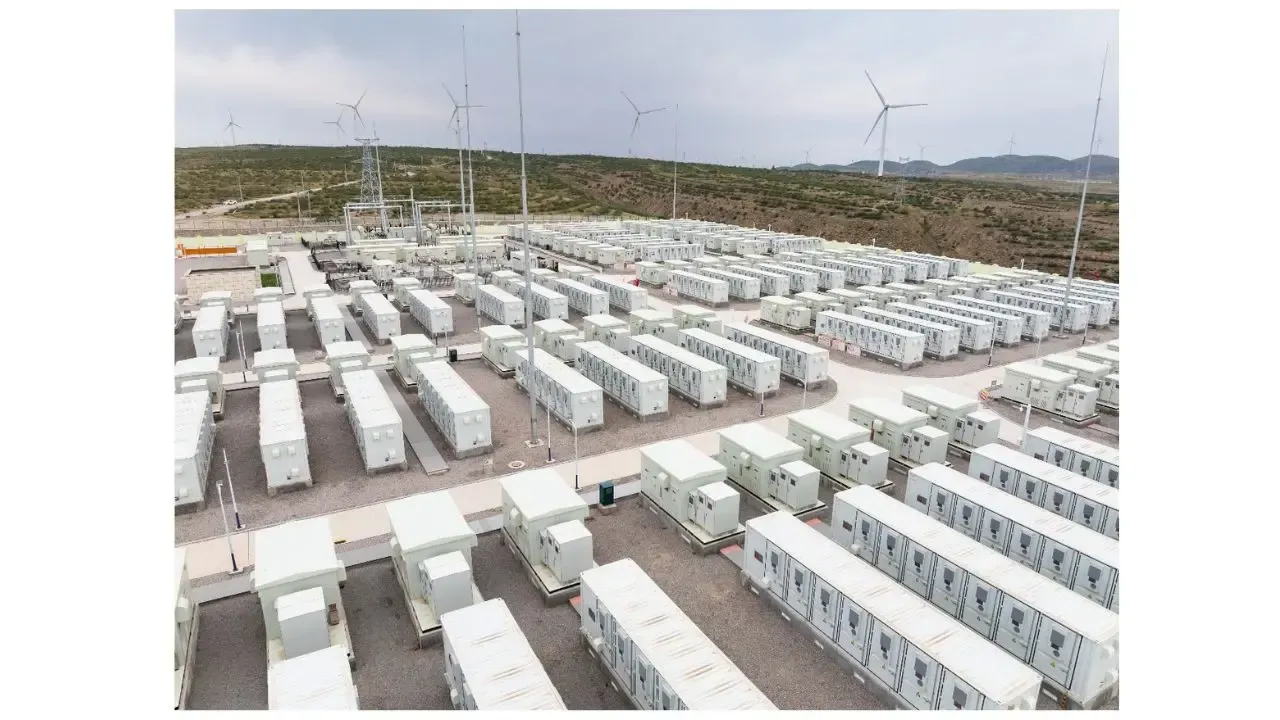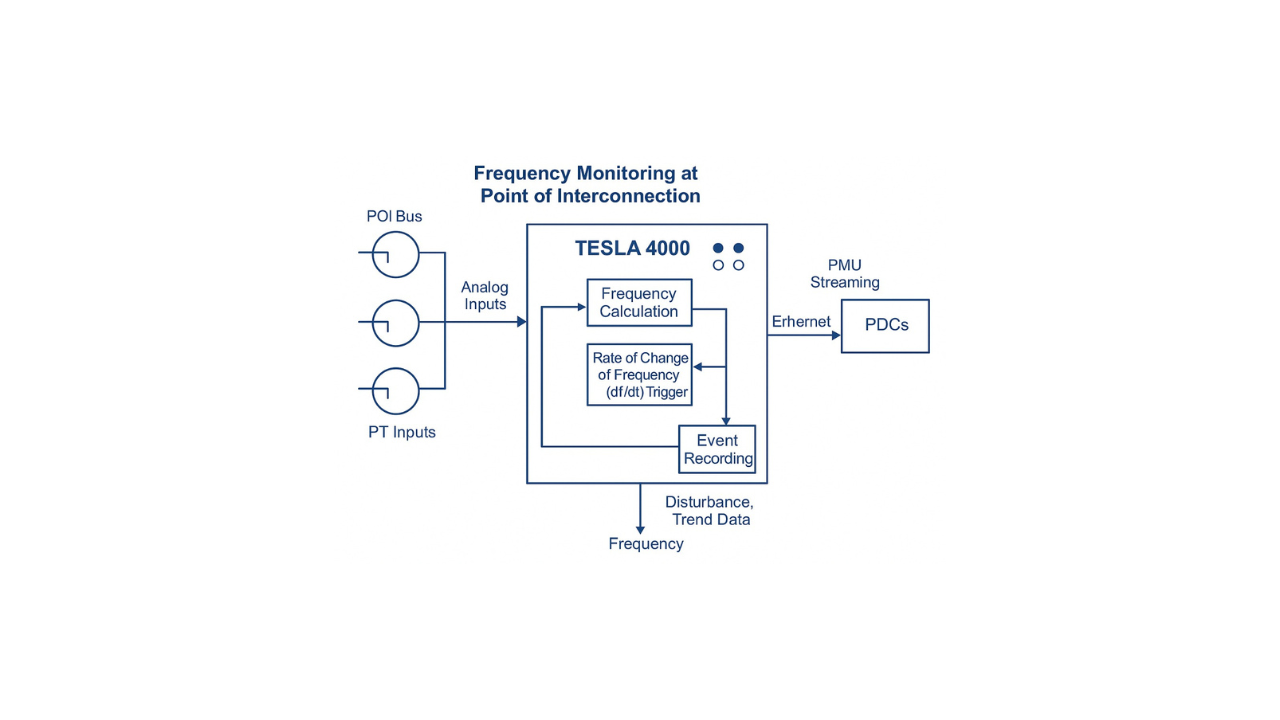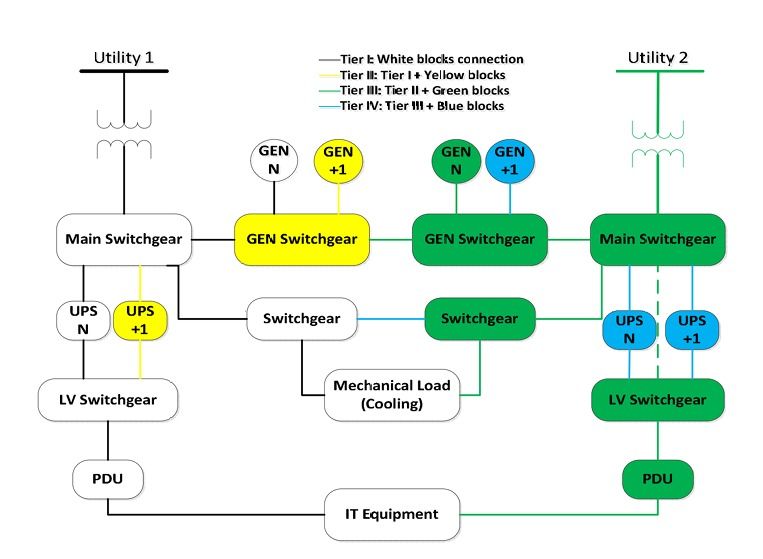A Coordinated Electric System Interconnection Review—the utility’s deep-dive on technical and cost impacts of your project.
Optimizing MV Switchgear Design for Cost, Safety & Compliance
May 8, 2025 | Blog
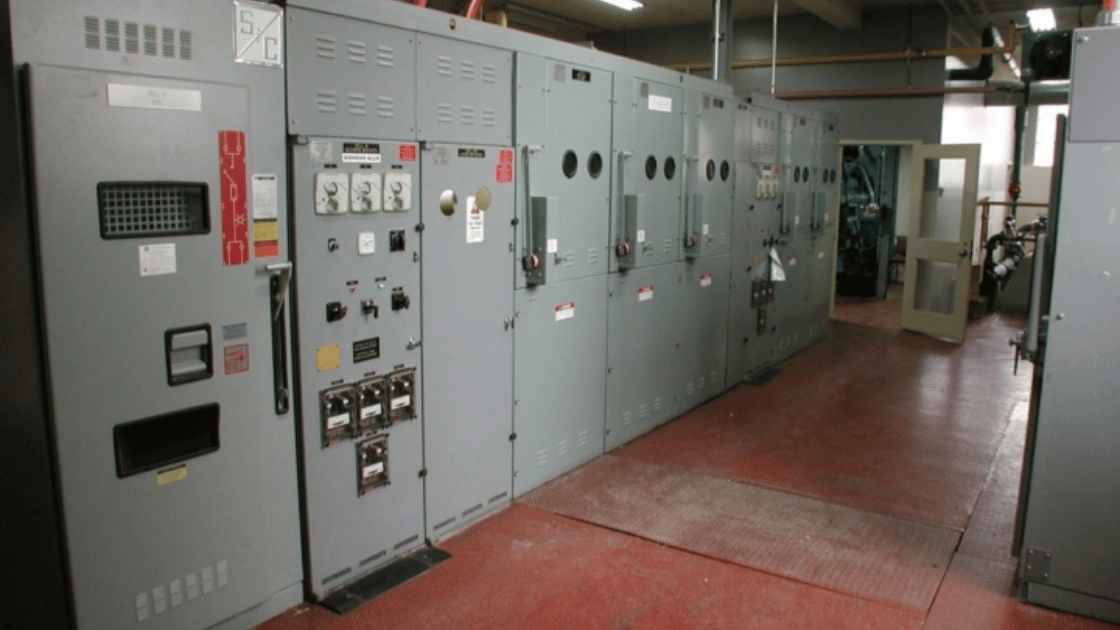
In today’s competitive power engineering landscape, MV switchgear design must balance performance, cost-effectiveness, and adherence to standards such as IEC 62271-307 and IEC 60943. At Keentel Engineering, we leverage advanced thermal and electromagnetic simulations alongside decades of hands-on expertise to deliver optimized panel, switchboard, and busway solutions—whether for rural electrification, offshore platforms, or high-density urban substations.
Key Insights & Economic Strategies
A recent comparative study by Keentel Engineering demonstrates how early-stage simulations can:
- Replace costly lab tests (temperature-rise or internal-arc tests costing up to €30 000) with validated digital models
- Optimize material selection (Copper vs. Aluminum vs. CCA) to achieve the best cost-per-MVA and thermal performance
- Enable compact GIS-based designs by fine-tuning ventilation, busbar geometry, and hybrid conductor profiles
We adhere to IEC 62271-307 for temperature limits and IEC 60943 for busbar mechanical criteria, ensuring both safety and UL/CE compliance.
FAQs
What’s the cost of an MV switchgear temperature-rise test?
Roughly €4 000 plus 1.5 days of lab time.
Why use simulation in switchgear development?
Simulations cut lab costs and accelerate design iterations by up to 40%.
Which busbar materials were compared?
Copper, Aluminum, and CCA (Copper-Clad Aluminum).
How do ventilation openings impact thermal performance?
A 10 % increase in vent area can reduce temperature rise by 15 %.
What current rating benchmark was validated?
Baseline: 1 250 A @ 75 K; Target: 1 600–1 750 A with optimized designs.
Which IEC standard governs switchgear temperature rises?
IEC 62271-307 sets limits (75 K max at busbar/CB junctions).
Which design had the lowest cost per MVA?
Design 4 (Aluminum U-profile): ~$14 USD/MVA.
What factors limit MV switchgear performance?
Testing costs, junction temperature rises, and outdated materials.
How does Keentel apply these findings?
Through simulation-driven design reviews and targeted busbar optimizations.
Can these strategies apply to Substation Design?
Absolutely—see our Substation Design Services for end-to-end primary and secondary engineering.
Case Studies
Case Study 1: 1 600 A Switchgear Panel Redesign
- Client: Confidential MV Manufacturer
- Challenge: Upgrade 1 250 A panel to 1 600 A without exceeding 75 K rise
- Solution: Thermal simulations of five busbar layouts
- Result: Ventilated copper busbars achieved 1 695 A @ 75 K and cut cost/MVA by 36 %
Case Study 2: Rural Substation Cost Reduction
- Client: Utility in Latin America
- Challenge: Lower busbar costs while maintaining performance
- Solution: CCA busbars with copper cladding
- Result: Thermal compliance at 1 700 A and 45 % cost savings vs. pure copper
Case Study 3: Compact Offshore Panel
- Client: Offshore Platform Developer
- Challenge: High-density footprint with harsh-environment demands
- Solution: Hybrid copper-aluminum profiles + optimized ventilation
- Result: 1 750 A panel @ $22/MVA, fully GIS-compatible
Why Keentel Engineering?
- Deep MV Expertise: Decades in EHV, HV & MV Power System Studies
- Simulation-Backed: From thermal to internal-arc analyses
- Standards-Driven: Full compliance with IEC 62271, UL, and CE
- Cost Optimization: Material trade-off assessments reducing your CAPEX
- Client-Centric: Tailored reviews aligned to your budget and timeline
Learn more about our full EHV, HV, MV Power System Studies or contact us for a design consultation.
Ready to Transform Your Switchgear Design?
Don’t let outdated materials or excessive testing costs hold you back—partner with Keentel Engineering for simulation-driven, IEC-compliant switchgear solutions tailored to your project needs.

About the Author:
Sonny Patel P.E. EC
IEEE Senior Member
In 1995, Sandip (Sonny) R. Patel earned his Electrical Engineering degree from the University of Illinois, specializing in Electrical Engineering . But degrees don’t build legacies—action does. For three decades, he’s been shaping the future of engineering, not just as a licensed Professional Engineer across multiple states (Florida, California, New York, West Virginia, and Minnesota), but as a doer. A builder. A leader. Not just an engineer. A Licensed Electrical Contractor in Florida with an Unlimited EC license. Not just an executive. The founder and CEO of KEENTEL LLC—where expertise meets execution. Three decades. Multiple states. Endless impact.
Services

Let's Discuss Your Project
Let's book a call to discuss your electrical engineering project that we can help you with.

About the Author:
Sonny Patel P.E. EC
IEEE Senior Member
In 1995, Sandip (Sonny) R. Patel earned his Electrical Engineering degree from the University of Illinois, specializing in Electrical Engineering . But degrees don’t build legacies—action does. For three decades, he’s been shaping the future of engineering, not just as a licensed Professional Engineer across multiple states (Florida, California, New York, West Virginia, and Minnesota), but as a doer. A builder. A leader. Not just an engineer. A Licensed Electrical Contractor in Florida with an Unlimited EC license. Not just an executive. The founder and CEO of KEENTEL LLC—where expertise meets execution. Three decades. Multiple states. Endless impact.
Leave a Comment
We will get back to you as soon as possible.
Please try again later.

